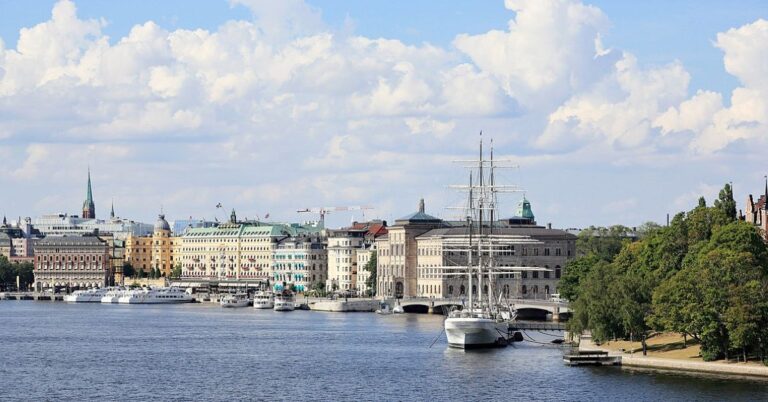25 Canadian Attractions Most Tourists Overlook
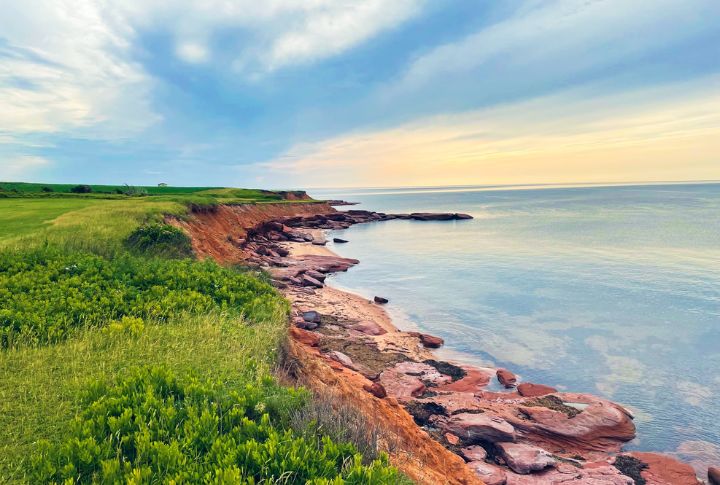
Think you know Canada? Are you sure? Beyond the famous landmarks and bustling cities, Canada is home to bizarre destinations that most tourists completely overlook. Some are linked to Indigenous myths, while others have puzzled scientists for decades. Here are 25 of the most mysterious spots that will make you rethink what you know about the Great White North.
Okotoks Erratic, Alberta

Known as “Big Rock,” the Okotoks Erratic is a massive quartzite boulder weighing approximately 16,500 tons. It was transported over 400 kilometers from the Rocky Mountains to its current location near Okotoks by glacial ice during the last Ice Age. This geological marvel is the largest known glacial erratic within the Foothills Erratic Train.
Nemiscam, Alberta
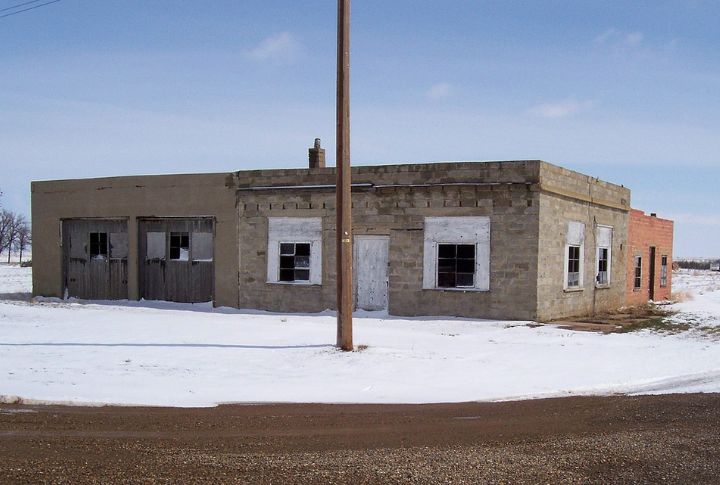
Once a bustling community founded in 1915 (exact date unclear), Nemiscam is now considered a ghost town. Located roughly 10 kilometers east of Foremost along Highway 61, it has several abandoned buildings that attract visitors interested in its eerie ambiance. Among its prominent features are a sign that humorously reads “Future home of Kmart” and the vacant Nemiskam Garage building.
Mille Roches, Ontario

Mille Roches was one of Ontario’s “Lost Villages,” permanently submerged in 1958 during the creation of the St. Lawrence Seaway. Before the flooding, families and businesses were relocated to the newly established town of Long Sault. Today, divers explore the underwater remnants of Mille Roches, including the foundations of the old power generation plant and paper mill.
Sable Island, Nova Scotia
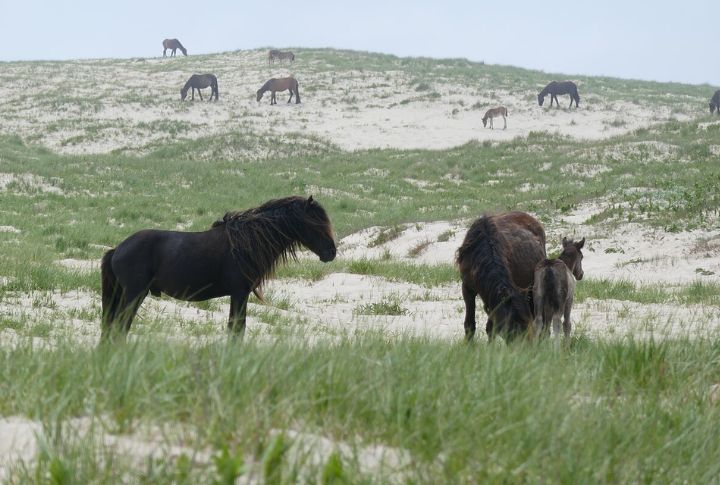
This crescent-shaped sandbar is situated approximately 300 kilometers southeast of Halifax. It is home to over 550 wild horses, believed to be descendants of some species brought to the island in the 18th century. Sable is called the “Graveyard of the Atlantic” because frequent fog and storms have caused over 350 shipwrecks.
Protection Island, British Columbia
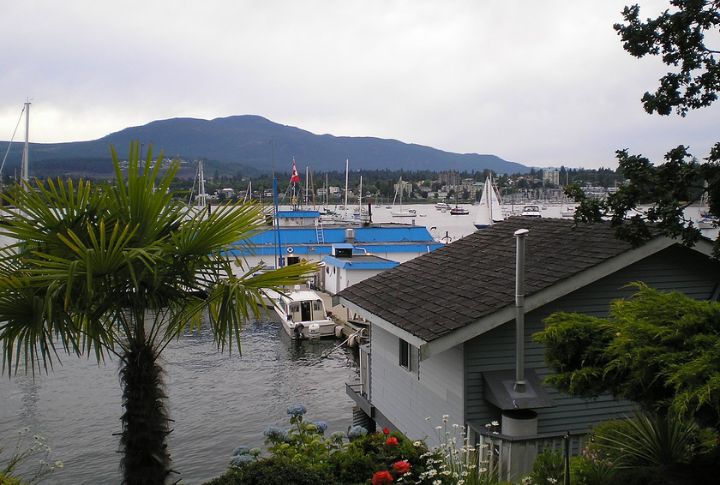
Located 1.5 kilometers northeast of Nanaimo, Protection Island is a small community accessible via private vessels. One of its unique attractions is the Dinghy Dock Pub, Canada’s only floating pub, which serves as a social hub and a docking point. It also features Gallows Point, the location of a lightkeeper’s cottage built around 1912.
Herschel Badlands, Saskatchewan
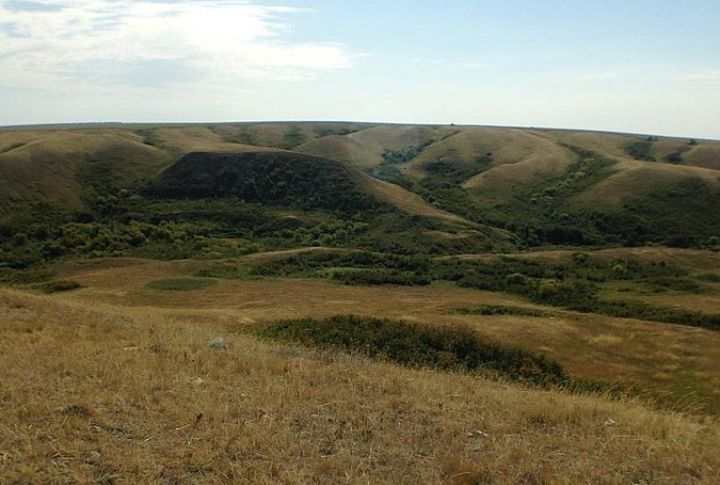
Near the village of Herschel lies the Coal Mine Ravine, an area of archaeological and paleontological significance. The ravine contains fossil deposits from the Late Cretaceous period, including marine and terrestrial species. Discoveries include fossils of dinosaurs, ancient sharks, and various plant species. Herschel Badlands is also home to ancient buffalo jumps and pemmican processing sites.
Flowerpot Island, Ontario

Found within Fathom Five National Marine Park in Georgian Bay, Flowerpot Island is known for its natural sea stacks resembling flower pots. These towering rock formations were sculpted by centuries of wind, rain, and wave action. According to Indigenous legend, the stacks represent two young lovers petrified on the beach while attempting to escape warring tribes.
The Tunnels Of Moose Jaw, Saskatchewan

The Tunnels of Moose Jaw are several underground tunnels that date back to the early 1900s. During Prohibition, the tunnels were allegedly used for smuggling alcohol across the U.S.-Canada border and provided shelter for Chinese immigrants who faced harsh conditions above ground. Today, they serve as a major tourist attraction.
Abraham Lake, Alberta
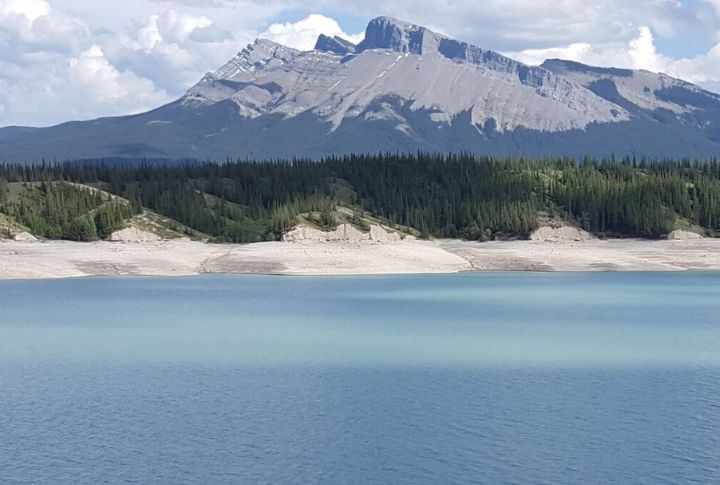
Abraham Lake, an artificial reservoir on the North Saskatchewan River, is famed for its stunning winter phenomenon of frozen methane bubbles. During colder months, methane gas released by decaying organic matter becomes trapped beneath the ice, creating a mesmerizing display of suspended bubbles. While captivating, these bubbles are composed of flammable gas capable of great danger.
The Polar Bear Jail, Churchill, Manitoba
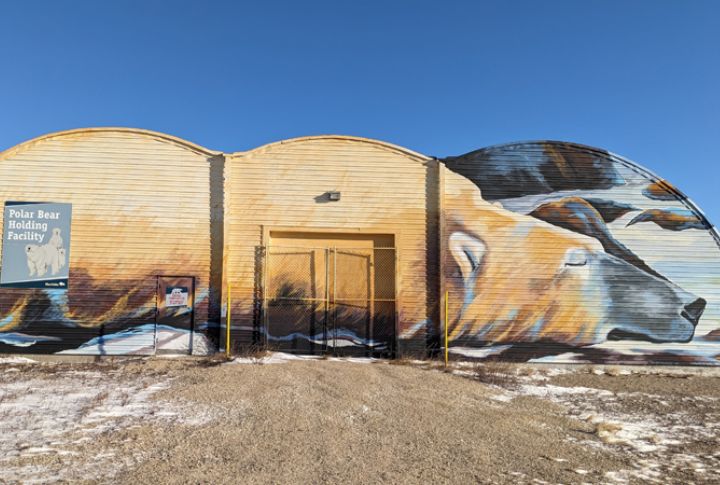
Churchill is sometimes called the “Polar Bear Capital of the World” due to its location on the migratory path of these creatures. The Polar Bear Jail was constructed to temporarily house bears that wandered too close to the town. So, the jail isn’t a prison but a safe holding area.
The Tablelands, Newfoundland And Labrador
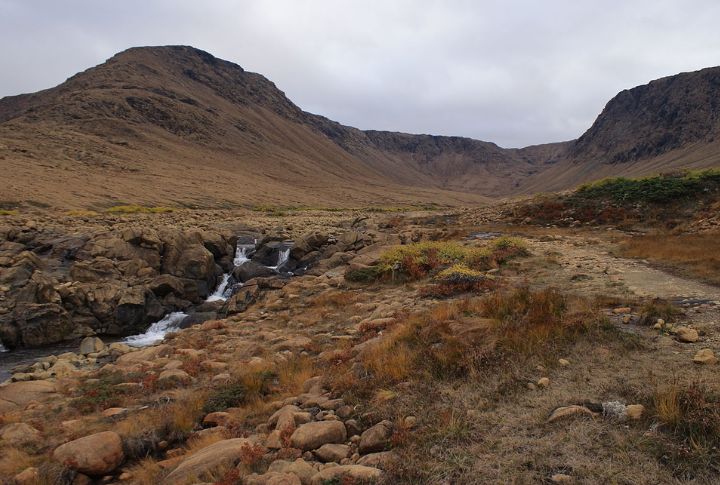
What makes this area distinct is its barren, Mars-like terrain, which stands in stark contrast to the rich, green foliage around it. The reddish-brown rock that dominates the region is also peridotite, an ultramafic rock originating from the Earth’s mantle. Unlike most surface rocks, peridotite lacks the nutrients needed to support plant life.
Cave And Basin, Alberta
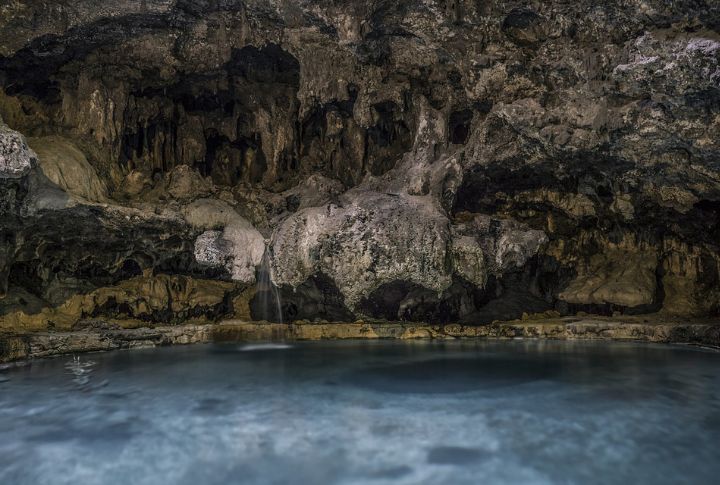
Known as the birthplace of Canada’s first national park, Cave and Basin is famous for its natural hot springs, which were discovered in 1883 by three railway workers. Warm, mineral-rich waters flow through the cave and pool into small basins, creating an otherworldly scene. The area has also been preserved as a historic site and a wildlife sanctuary.
The World’s Largest Fishing Lure, Cormorant, Manitoba
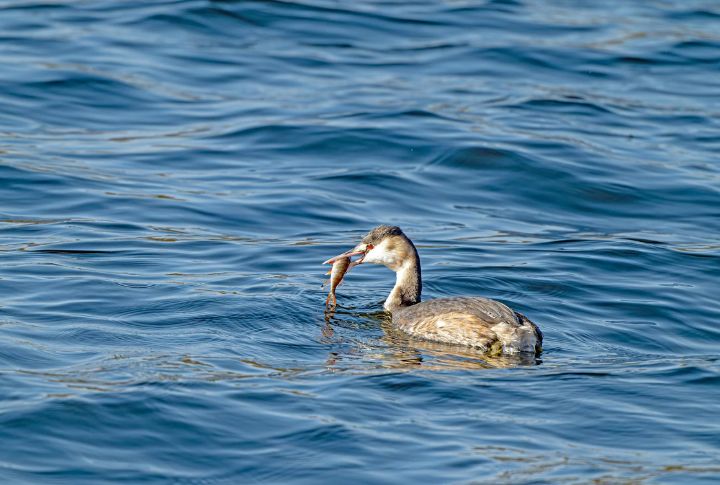
Cormorant, a small community in Manitoba, is home to the world’s largest fishing lure. Standing 10 meters tall, this enormous lure is a fun roadside attraction for travelers. Additionally, this town is a popular spot for fishing enthusiasts, and the giant lure symbolizes the town’s deep connection to fishing and the outdoors.
The Newfoundland Inuksuk, Newfoundland And Labrador
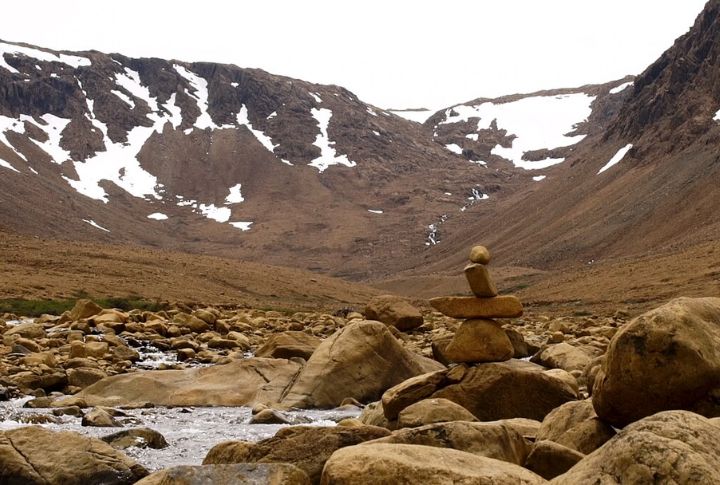
The Inuksuk is a stone structure traditionally used by the Inuit to mark pathways, signal important locations, or communicate. These stone formations, often resembling human figures, are scattered throughout the province. Though the Inuksuk is rooted in indigenous history, the place now represents Newfoundland’s unique heritage, which is celebrated by locals and visitors alike.
Le Lieu Historique National Du Canal-de-Richelieu, Quebec
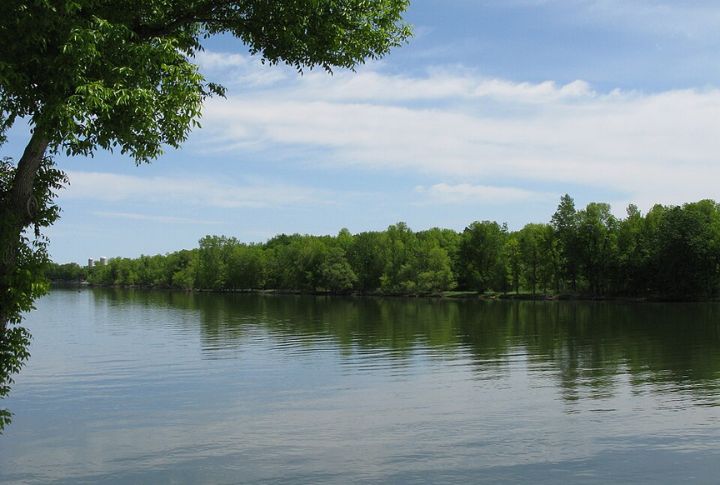
This historical canal system is a forgotten wonder of Canada’s industrial past. Built in the 19th century, the canal was a vital link between the St. Lawrence River and Lake Champlain, facilitating trade and commerce. This is an important heritage site, with parts of the canal still accessible for exploration.
The Mysterious ‘Singing Sands’ Beach, Prince Edward Island

One of Canada’s most peculiar natural phenomena is found at Singing Sands Beach on Prince Edward Island. When the sand is dry, it “sings” or emits a sound when disturbed. While the phenomenon isn’t fully understood, it has been the subject of scientific studies and local legend for generations. Do not miss this one!
Devil’s Punch Bowl, Hamilton, Ontario
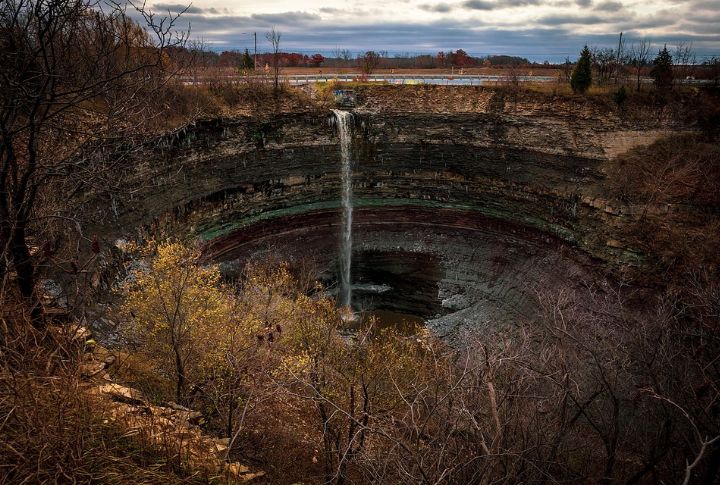
The Devil’s Punch Bowl is a stunning waterfall set against a distinct geological backdrop. What makes it intriguing is the shape, which creates a “punch bowl” effect as the water cascades down into a large circular depression. The area around it is rich in biodiversity, with lush vegetation and diverse wildlife surrounding the falls.
Tombstone Mountains, Yukon
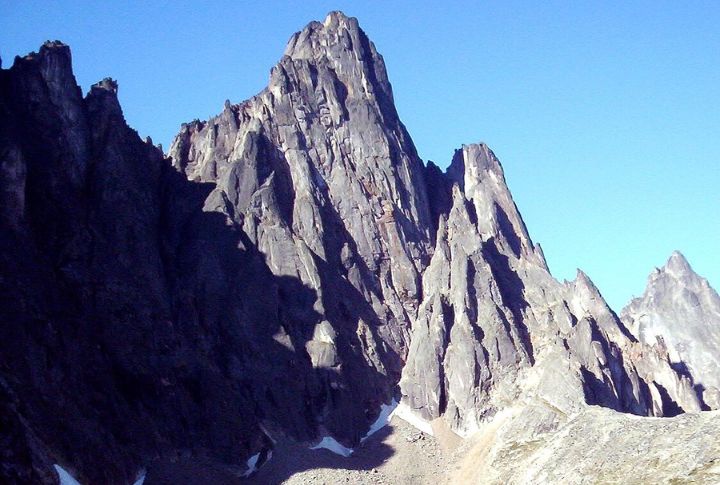
These mountains have an otherworldly view of sharp peaks and deep valleys. They are part of the larger Ogilvie Mountain Range and are named for their tombstone-like appearance. Known for its jagged ridgelines and stark granite cliffs, the region is frequented by hikers. Tombstone Mountains is also a hotspot for wildlife, including caribou and several bird species.
The Viking Trail, Newfoundland
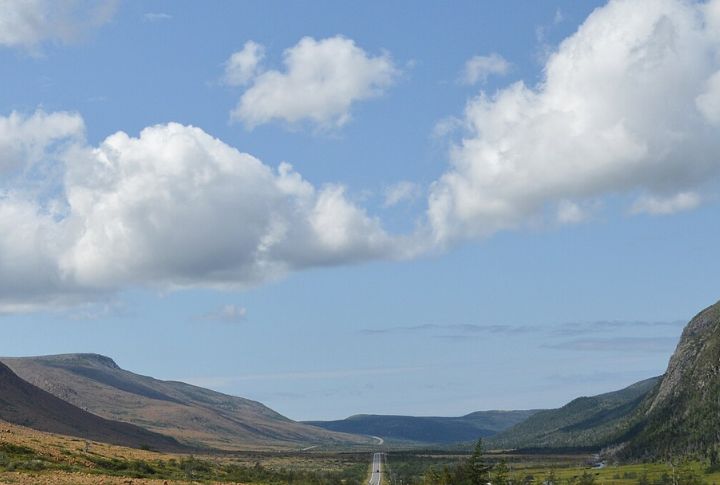
Viking Trail, a 500-kilometer scenic route, stretches through the northern portion of Newfoundland. It leads visitors to several historical sites, including L’Anse aux Meadows, a famous UNESCO World Heritage site. L’Anse aux Meadows is believed to be the first known Viking settlement in North America, dating back to around 1000 AD.
Giant Cedar Tree, Cathedral Grove, British Columbia

Located in MacMillan Provincial Park, the Giant Cedar Tree is one of Canada’s oldest and largest trees. Several of the giant cedars and Douglas firs are over 800 years old. Chief among them is the Giant Cedar Tree, with a diameter of 30 feet and a height of 246 feet.
Mingan Archipelago, Quebec
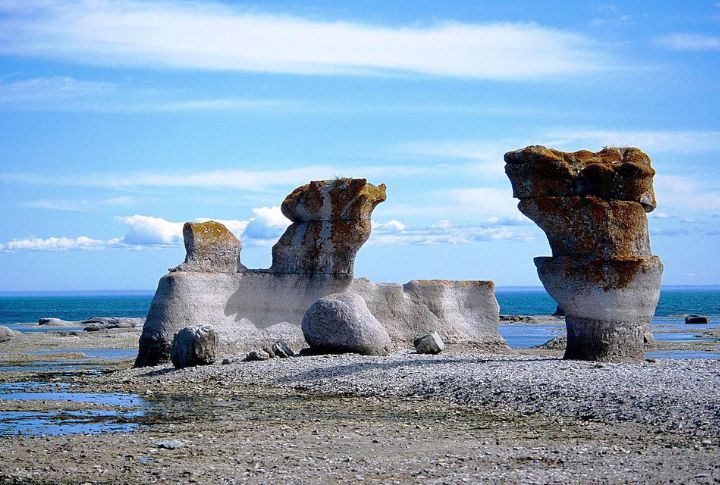
The Mingan Archipelago National Park Reserve comprises more than 1,000 islands and islets. These regions are known for their limestone formations, some over 400 million years old. One notable feature of the archipelago is the “Mingan Monoliths,” which are large, often sculptural limestone columns rising from the sea.
Spotted Lake, British Columbia
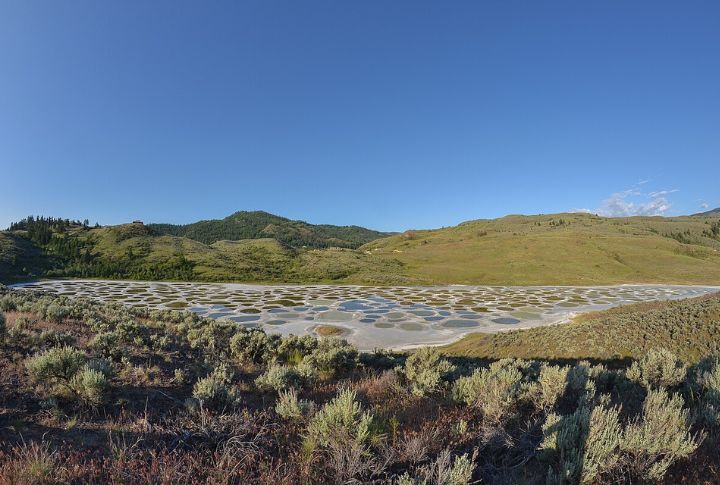
Situated near Osoyoos, Spotted Lake is a saline endorheic alkali lake famous for its distinct polka-dot appearance in summer. The lake’s mineral-rich waters evaporate, leaving circular deposits of magnesium sulfate, calcium, and sodium. Indigenous communities even consider it a sacred site due to its healing properties, while visitors are drawn to its unique beauty.
The Crooked Bush, Saskatchewan
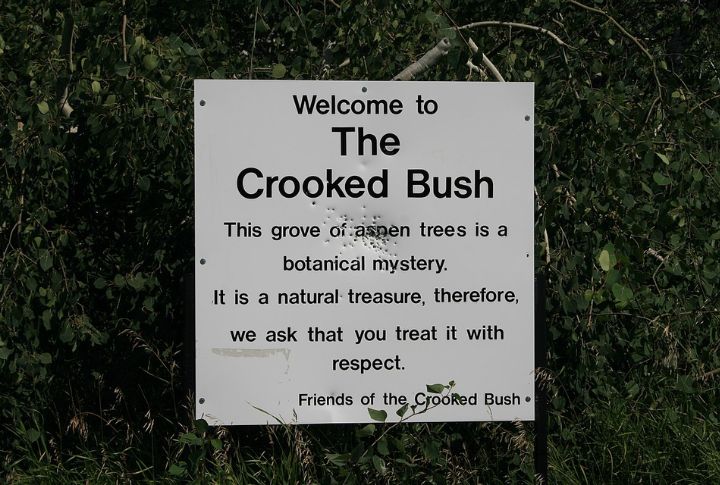
The Crooked Bush is a protected nature reserve. It is an eerie, small grove of twisted, gnarled-shaped aspen trees near Hafford, Saskatchewan. Although scientists speculate that a genetic mutation caused this bizarre growth pattern, some locals believe it is haunted. They claim strange occurrences and paranormal activity are common there.
The Magnetic Hill, New Brunswick
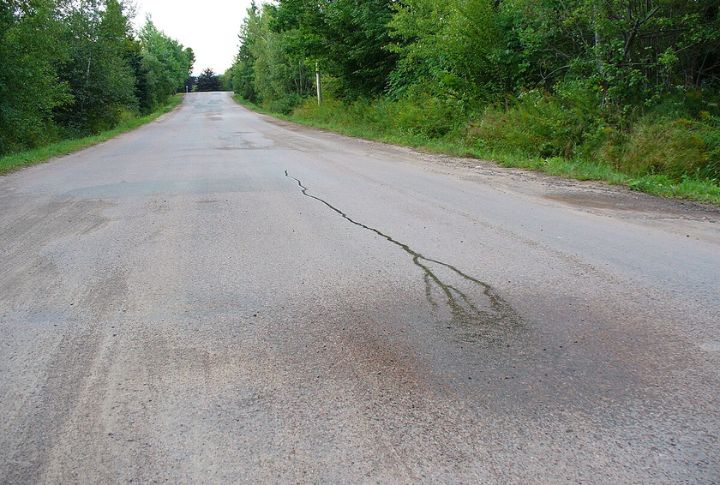
Near Moncton, Magnetic Hill is an optical illusion that makes vehicles appear to roll uphill against gravity. The phenomenon, caused by the surrounding terrain’s sloping horizon, has baffled visitors for decades. It’s one of Canada’s most unique roadside attractions and has a small park where visitors can experience the perplexing illusion firsthand.
The Diefenbunker, Carp, Ontario
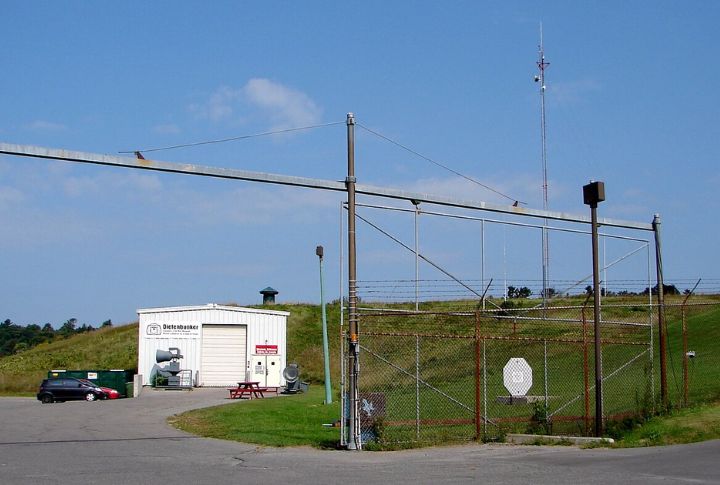
Hidden in the small town of Carp, Ontario, the Diefenbunker is a Cold War-era underground bunker built to house key Canadian government officials in the event of a nuclear attack. Completed in 1961, this four-story facility was top secret for decades. It was designed to withstand a 5-megaton nuclear blast and includes a decontamination chamber.




